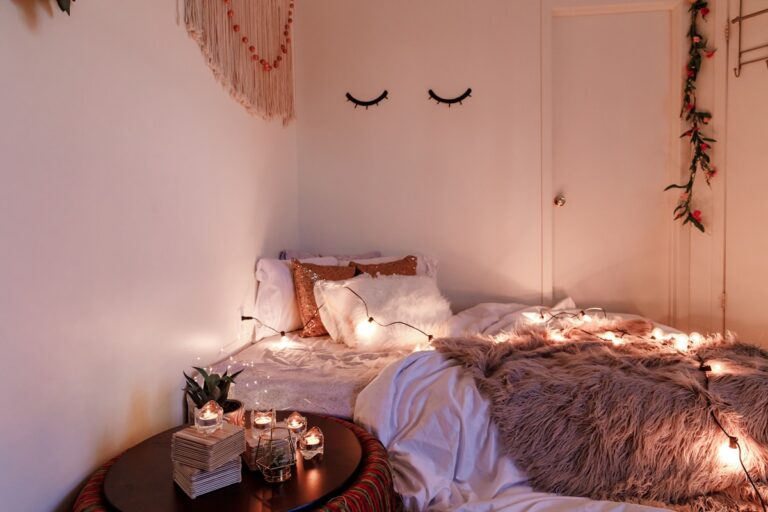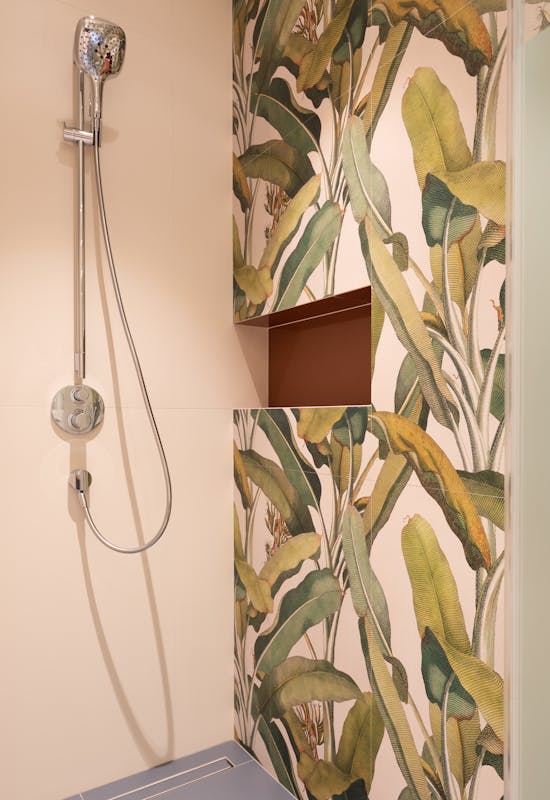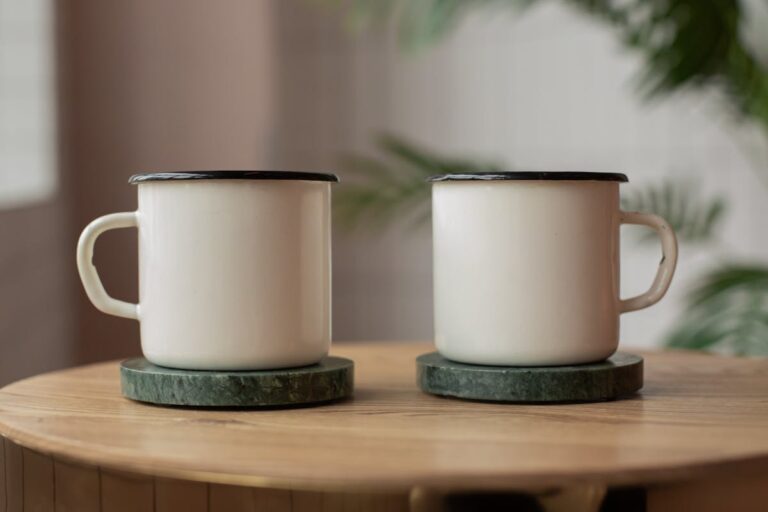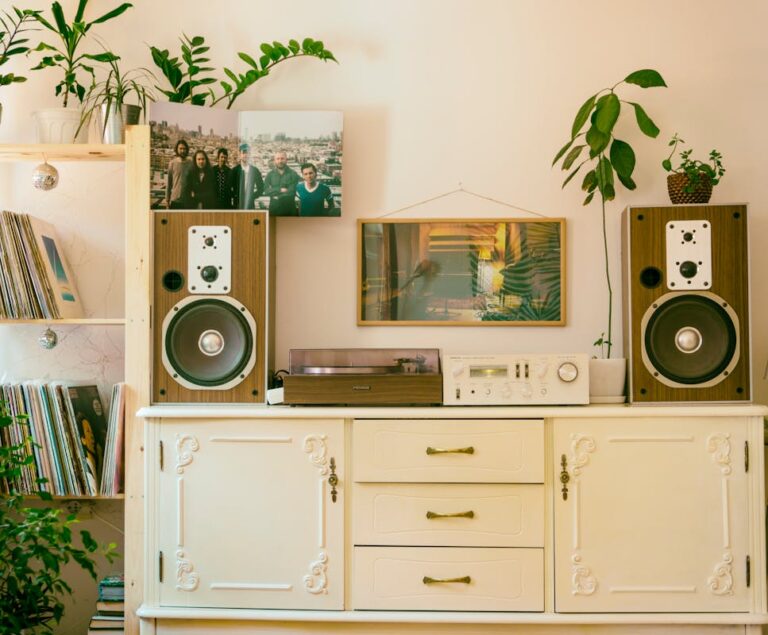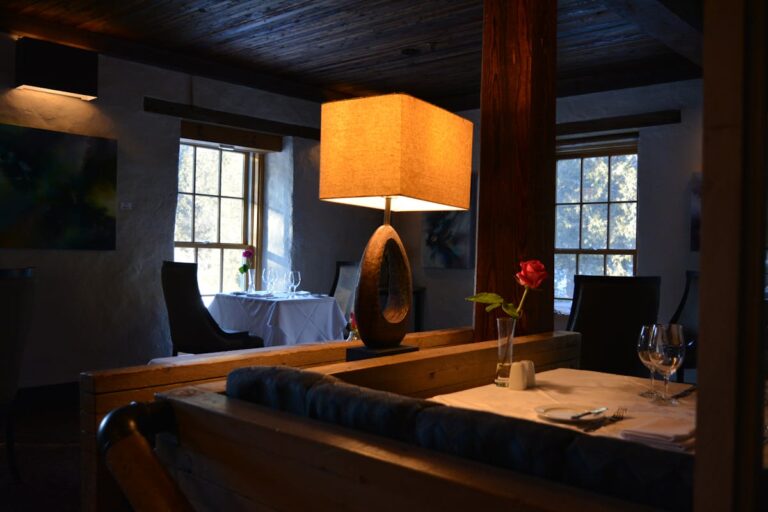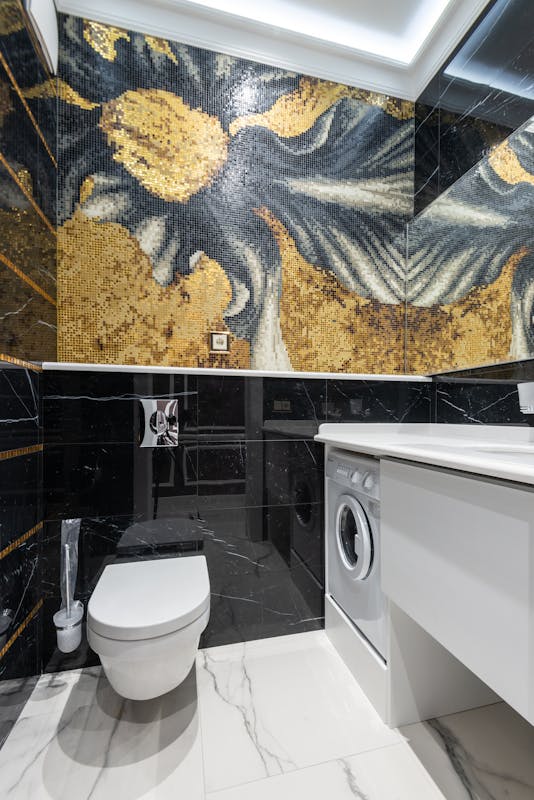Working from home is no longer a rare perk—it’s become a lifestyle for millions of people around the world. Yet, many of us still struggle with carving out a workspace that balances productivity with style. A home office should never feel like a soulless cubicle in the corner, nor should it resemble a cluttered storage room where work goes to die. The secret lies in merging design with function: an environment that motivates you, looks inviting, and supports long hours of focus without draining your energy.
Whether you have an entire spare room or just a compact nook in your apartment, designing a productive yet stylish home office is entirely possible. This guide breaks down everything you need—from layout strategies and ergonomic essentials to creative storage hacks, décor choices, and style inspiration—to help you build a workspace you’ll actually love spending time in.
1. Choosing the Right Spot: Where Productivity Begins
Before we even think about desks, chairs, or color palettes, the most important decision is location. A well-chosen spot sets the tone for how well your office will work for you.
- Spare Room Transformation: If you’re lucky enough to have a guest bedroom that rarely hosts guests, converting it into a full-time office is the best choice. You can close the door at the end of the day, creating a clean mental boundary between “work” and “home.”
- Living Room Corners: For apartment dwellers, carving out a section of the living room is often the most practical solution. A wall-mounted desk or sleek writing table next to a window can create a dedicated workspace without overwhelming the room.
- Bedroom Nooks: While ideally your workspace should be separate from where you sleep, sometimes that’s not realistic. In that case, use a folding screen, bookshelf divider, or even curtains to subtly separate your work zone from your relaxation zone.
- Hallway Offices: Long, unused hallways can surprisingly make excellent office nooks. A slim desk, wall-mounted shelves, and good lighting can transform an underutilized passage into a mini work hub.
Tip: Prioritize natural light if possible. Position your desk near a window but perpendicular to it so glare doesn’t hit your screen. Sunlight boosts mood, reduces eye strain, and makes a small space feel bigger.
2. Picking the Right Desk: Form Meets Function
Your desk is the heart of your home office. But it’s not just about size—it’s about suitability for your space and workflow.
- Compact Writing Desks: Perfect for laptops and small spaces. Choose models with a drawer or two for essentials.
- L-Shaped Desks: These maximize corner spaces and provide plenty of surface for multitasking—ideal if you use multiple monitors.
- Floating Desks: Wall-mounted, foldable desks are lifesavers in tiny apartments. They can be tucked away when not in use.
- Standing Desks: Height-adjustable desks are great for health-conscious workers who want to alternate between sitting and standing.
Pro Example: If you’re in a studio apartment, consider IKEA’s Norberg wall-mounted drop-leaf table. It folds down to almost nothing yet gives you a sturdy workspace when needed.
3. The Chair: Comfort Is Non-Negotiable
Too often, people spend hours picking the right desk but grab the first chair they see. This is a mistake that leads to back pain, poor posture, and reduced productivity.
Look for:
- Adjustable Height & Back Support: A good ergonomic chair should adjust to your body, not the other way around.
- Breathable Materials: Mesh chairs keep you cool during long sessions.
- Stylish Options: You don’t need to sacrifice looks—many modern ergonomic chairs come in chic designs and colors that match your décor style.
Budget Tip: If you can’t afford a high-end ergonomic chair, add lumbar pillows or seat cushions to make a stylish dining chair more comfortable.
4. Lighting: The Game-Changer of Productivity
Lighting makes or breaks a workspace. Relying on one overhead bulb won’t cut it.
- Natural Light: Always maximize this first.
- Task Lighting: A good desk lamp with adjustable arms focuses light exactly where you need it—great for late-night work.
- Ambient Lighting: Warm-toned floor lamps or wall sconces create a cozy, welcoming environment.
- Accent Lighting: LED strips under shelves or behind monitors can add style while reducing eye strain.
Style Tip: Go for lamps that double as décor pieces—brass finishes, sculptural bases, or minimalist Scandi-style lamps elevate the room instantly.
5. Color Psychology: Paint Your Productivity
Colors affect mood and focus. The walls around you can either energize or drain you.
- Blue & Green: Calming, great for focus-intensive jobs.
- Yellow: Stimulating and cheerful, good for creative professions.
- White or Light Neutrals: Make small offices look larger, and act as a blank canvas for other décor.
- Moody Tones (Charcoal, Navy, Olive): Add sophistication and reduce visual distractions, but work best in larger spaces with good light.
Example: A pale sage green wall behind your desk paired with white shelving feels fresh and modern, while still calming enough for productivity.
6. Storage Solutions: Organization Without the Clutter
An office that’s messy is an office that drains your energy. Smart storage keeps everything accessible yet out of sight.
- Floating Shelves: Great for books, plants, or decorative storage boxes.
- Rolling Carts: Mobile and versatile—perfect for supplies you don’t use daily.
- File Cabinets as Side Tables: Functional and space-saving.
- Pegboards & Wall Grids: Stylish ways to hang stationery, notes, or even small potted plants.
DIY Tip: Repurpose an old bar cart into a mobile office supply station. It can hold your printer, paper, and cables neatly.
7. Technology: Hide the Ugly, Showcase the Sleek
Work requires tech, but cables and gadgets don’t need to ruin your stylish vibe.
- Cable Management: Use cord clips, under-desk trays, or even decorative boxes to hide the mess.
- Wireless Gear: Invest in wireless keyboards, mice, and printers for a cleaner look.
- Monitor Stands: Elevate your screen to eye level while creating storage space underneath.
Example: Hide your router inside a woven basket with ventilation holes—it looks like décor instead of clutter.
8. Style Meets Personality: Decor That Inspires
Now comes the fun part—making the space truly yours.
- Artwork: Hang framed prints, motivational quotes, or even a gallery wall.
- Plants: Snake plants, pothos, or succulents not only look great but also improve air quality.
- Rugs: Define your office zone within a larger room with a patterned area rug.
- Accent Pieces: A decorative clock, unique vase, or vintage lamp adds personality.
Personal Example: A minimalist Scandinavian office with white walls can be instantly warmed up with a Persian-style rug, terracotta plant pots, and framed travel photos.
9. Multi-Use Home Offices: Blending Work with Life
Sometimes your office doubles as a guest room, playroom, or dining area. Here’s how to keep things cohesive:
- Murphy Beds with Built-in Desks: Perfect for guest-bedroom-turned-office setups.
- Convertible Furniture: A dining table with storage underneath can also act as a desk.
- Zoning with Rugs or Screens: Clearly separates “work” from “life” zones without needing walls.
10. Seasonal Refresh: Keep It Dynamic
Don’t let your office become stagnant. Small seasonal swaps keep it inspiring.
- Spring: Add fresh flowers and light linens.
- Summer: Swap heavy rugs for lighter textures, and bring in bright colors.
- Autumn: Layer cozy throws and add warm-toned accents.
- Winter: Use candles, fairy lights, and rich fabrics like velvet to create a cocooning feel.
11. Real-Life Layout Examples
Here are some layout inspirations depending on your home size:
- Studio Apartment: Floating desk + wall shelves + slim chair in a corner, with a curtain to hide when not in use.
- One-Bedroom Apartment: Desk in the living room under a window, storage ottomans doubling as seating and filing cabinets.
- Two-Bedroom Home: Dedicated office with L-shaped desk, rolling cart, accent rug, and wall art for personality.
12. Mistakes to Avoid
- Ignoring ergonomics for style.
- Overloading the desk with decorative items.
- Poor lighting setups.
- Forgetting storage solutions.
- Choosing uncomfortable chairs just because they “look good.”
Wrapping It Together: The Perfect Balance
A productive yet stylish home office isn’t about splurging on expensive furniture or filling the space with Pinterest-worthy accessories. It’s about intentional choices—picking a location that supports focus, investing in comfort where it matters most, and layering in décor that sparks joy without creating clutter. Your office should feel like a natural extension of your home while still maintaining its own identity as a “workspace.”
When you step into your office, it should signal to your brain that it’s time to work. When you step out, it should allow you to leave that mindset behind. Achieving this balance is the ultimate mark of a well-designed home office.

